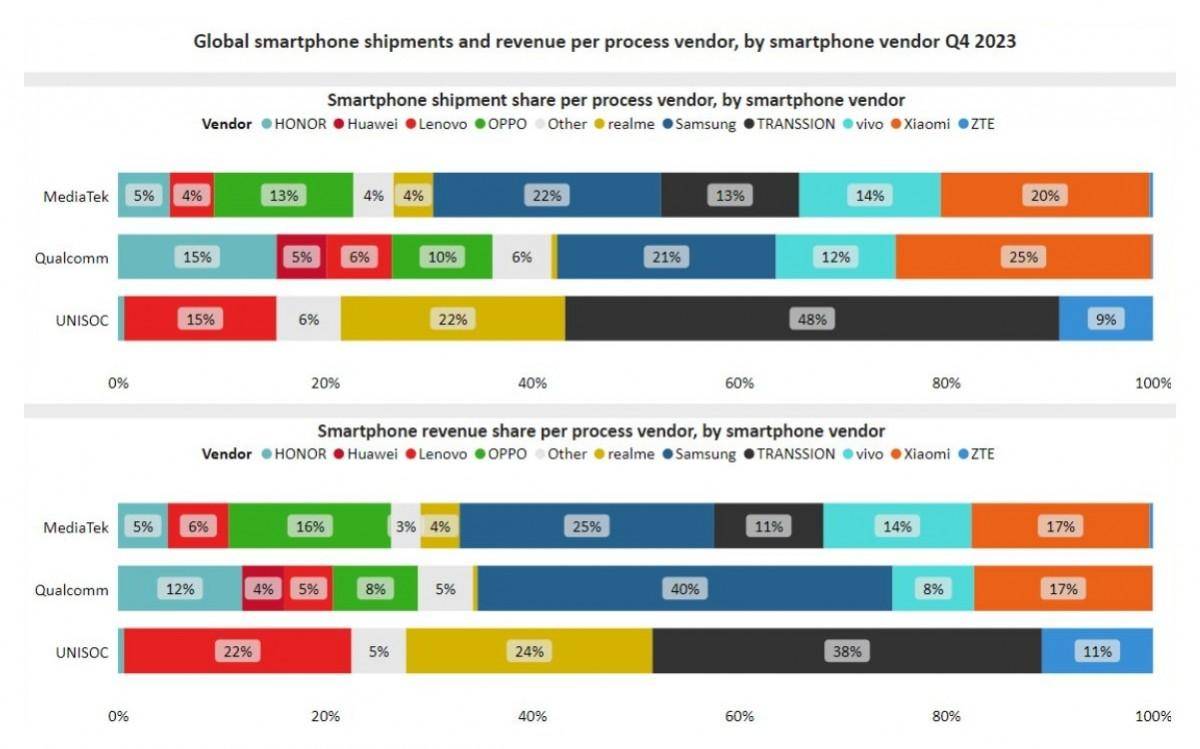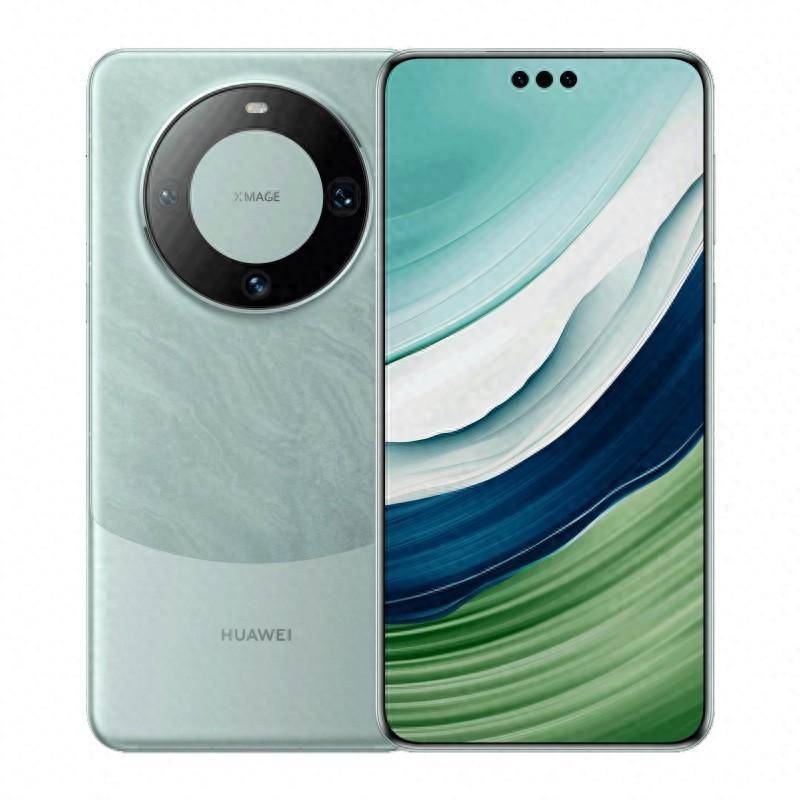Xiaomi: Qualcomm’s Top Client Instead of Samsung – Here’s Why
Xiaomi unexpectedly emerges as Qualcomm’s largest client, sparking inquiries online about why it’s not Samsung.
This discussion stems from the chip ranking in the fourth quarter of 2023, during which numerous domestic and international mobile phone giants released phones across various price ranges, making it quite representative.
The top six in this quarter are: MediaTek, Apple, Qualcomm, Unisoc, Samsung, Huawei Hisilicon

Regarding specific user segments, Qualcomm’s top three processor clients are:
Xiaomi as the largest at 25%, followed by Samsung at 21%, and Honor at 15%.
This raises the question among tech enthusiasts and Xiaomi fans: why is Xiaomi Qualcomm’s largest client? There have been analysis articles questioning this, generating hundreds of comments in the community, showing the significant interest in this topic.
In terms of shipment volume this quarter, Samsung leads with a 23% share, followed by Xiaomi at 13%, a 10% difference. So, why isn’t Samsung Qualcomm’s top client, and why Xiaomi instead?
The reason lies in Samsung having its Exynos processors, ranking fifth this quarter with a production of 16 million units. Currently, few phone manufacturers use Samsung’s Exynos, mostly being integrated into Samsung’s own devices.
Samsung remains MediaTek’s largest client, with 117 million processors, the top three clients being Samsung at 22%, Xiaomi at 20%, and Vivo at 14%.
Clarifying it further, Samsung is MediaTek’s top client, Qualcomm’s second-largest client, and since Samsung mostly uses its own Exynos processors, it’s only logical that Samsung isn’t Qualcomm’s top client.

Xiaomi primarily sources processors from Qualcomm as its top client and MediaTek as the second. Many series within Xiaomi’s digital lineup use Qualcomm processors, making it quite standard for Xiaomi to be Qualcomm’s top client. The skepticism surrounding this choice is unwarranted, considering the widespread usage and excellent compatibility of Qualcomm processors in Android smartphones. The cooperation between Xiaomi and Qualcomm is fruitful, as evident in their joint appearances at Xiaomi’s events, where Qualcomm’s CEO and executives frequently participate. The mutual respect is apparent, given their significant partnerships.
Furthermore, Apple ranks second due to the exceptional sales of iPhone devices. Unisoc secures the fourth spot, supported by Africa’s leading mobile brand Transsion extensively utilizing Unisoc chips. Realme and Motorola follow in second and third positions. Huawei’s HiSilicon marks a remarkable comeback as the sixth-largest, with the sales contribution from the Huawei Mate60 series and the Huawei Mate X5 folding smartphones powered by the Kirin 9000s processor.

The world operates as a vast interconnected factory, where collaboration and achievements are intertwined. Being a major client for domestic smartphones showcases strength and collaboration. Congratulations to these phone and chipset manufacturers, with hopes for even greater success for Huawei HiSilicon’s Kirin chips.